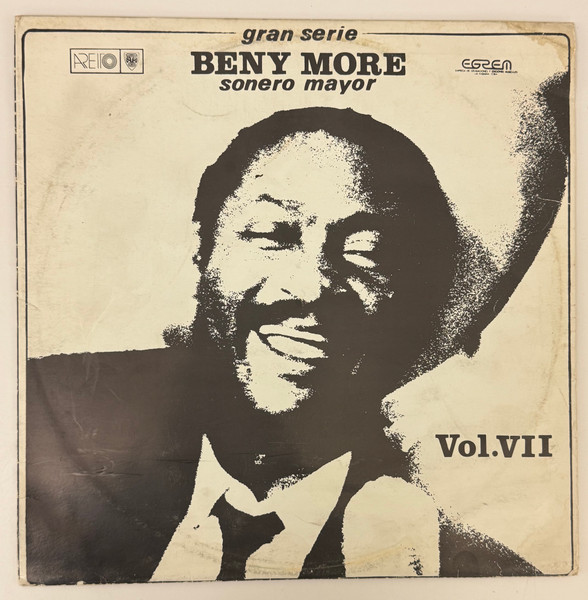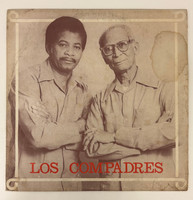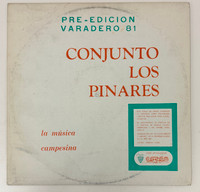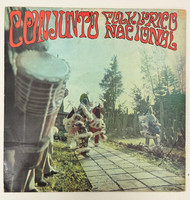- Travel
-
Exhibits
- La Portada Cubana
- Immortal Cuba: Artists Take on Their Heroes
- Seattle Poster Exhibit
- Sandra Dooley & Alejandrina Cué
- The Art of Wayacón
- Cuban Folk Art
- Cuba In Black And White
- 25 Years of Cuban Art Space
- Summer Folk Art Expo
- ¡SPRING AWAKENING FROM CUBA!
- Celebrating The Art Of Cuban Women
- Celebrating Paper, Affordable Art from Cuba
- Art of the Revolution
- Outsider Art
- Lost and Found
- En la lucha: Celebrating Cuban Women and Their Art
- Cuban Art Stash
- 100 Fires: 5 Cienfuegos Artists' Work on Paper
- Waya + Monte! Magic Realism in Cienfuegos
- Viva Cuba Viva! Poster Show
- Cultivando Sueños
- Black Lives Matter in Cuba Jan 9-March 27
- Leandro Soto: Crónicas visuales
- Cuban Canvas
-
Archive
- Global Reflection 2018: Spirit and Community
- Exhibit in the cloud: Contemporary Works on Paper
- MADE IN CUBA! MINNEAPOLIS EXHIBIT
- Cuban Posters and Photography from CCS collection
- AUTUMN SALE! Sept/Oct 2017
- SPRING ARTS AND CRAFT SALE
- Vuelo Directo/Non Stop: Alberto & Alejandro Lescay
- The Many Faces of Fidel
- Somos
- Made in Cuba!
- The US empire in Cuban graphics
- Made in Cuba/Seattle exhibit
- Entre Nos
- Looking Back
- Cuban Art Space
- Membership/Donate
- About Us
- Cuba News
-
Mario García Joya's cover design employs a powerful high-contrast photographic treatment of Beny Moré's jubilant face, capturing the legendary sonero in a moment of pure joy. The stark black-and-white duotone image dominates the cream-colored cover, with Moré's infectious smile radiating the charisma that made him "El Bárbaro del Ritmo" (The Barbarian of Rhythm). The minimalist typography in bold black lettering declares "gran serie BENY MORE sonero mayor" (Great Series Beny Moré, Greatest Sonero), positioning this as part of EGREM's prestigious archival series honoring Cuban music's most important figures. The back cover features a dramatic performance photograph showing Moré at the microphone in his characteristic patterned shirt against a dark background illuminated by stage lights, capturing the electricity of his live performances.
This seventh volume in the Gran Serie preserves essential recordings by Beny Moré, widely considered the greatest Cuban popular singer of the twentieth century. The track listings span the diversity of Moré's repertoire across multiple Afro-Cuban genres: boleros ("Todo Lo Perdí," "Dolor Carabalí"), son ("Amor Sin Fe"), mambo ("Ana María," "Donde Estabas Tú," "Mangolele," "De La Rumba Al Cha Cha Chá"), guaracha ("Tocineta"), and montuno ("Babarabatirí," "Como Te Vengo A Ver"). The liner notes, authored by Norberto Shand Garnett in August 1982, emphasize the vital importance of Moré's artistic attributes in determining son's total failure or resounding success, describing how his improvisational gifts and melodic richness served to "impregnate with new breath each work that entered his interpretation."
Born Bartolomé Maximiliano Moré Gutiérrez in 1919 in Santa Isabel de las Lajas, Beny Moré rose from poverty to become Cuba's most beloved vocalist, composing instant classics that defined the golden age of Cuban popular music in the 1950s. His extraordinary vocal range, emotional depth, and ability to improvise across any genre—from son to bolero to mambo—earned him the title "El Sonero Mayor." The liner notes celebrate his melodic wealth, noting how his compositions find their place in the love of Cuban landscapes, in the impressions that our towns and cities guarded, in the forever present memory of our rhythms, dances, and traditions. This Gran Serie album, recorded at EGREM studios in Havana and produced by distinguished ethnomusicologist María Teresa Linares, ensures these irreplaceable performances remain accessible to future generations, preserving the voice that embodied the soul of Cuban music.
-
-
Discover More at the Center for Cuban Studies







